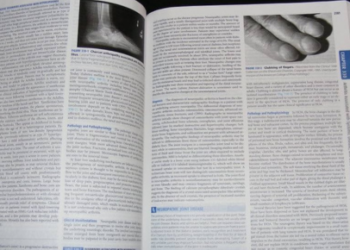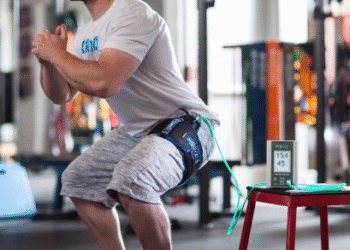
It becomes important for such people to search for ways of making themselves relax, especially when at the dentist. Whenever you are attending a dentist in San Jose CA, grounding practices will come in handy as a means to reduce anxiety thereby increasing comfort levels. There are two general strategies concerning engaging in grounding techniques, with the aim of helping the client to stay in the present and to give attention to something else; usually, this means the senses and mindfulness.
Practical techniques like breathing in a calm manner concentrating on the feelings in one’s body or picturing a calm environment grounds the mind. In the following way, these strategies minimize anxious thought processes and enable people to enter dental visits with more control over themselves.
How Can it be Done for the Case of an Upcoming Dental Appointment?
Some strategies that can be used will grouping methods could go a long way in creating a more prepared state of steadiness before the dental visit. For instance, deep breathing exercises put a check on the heartbeat and this makes the individual relax. Progressive muscle relaxation is the other common technique wherever stress is gradually eliminated from each body part. Another part is to make the concept of visiting the dentist enticing, or at least non-threatening; picturing oneself as relaxed and composed may also create a constructive mental atmosphere. All these practices are non-demanding and should go a long way in improving the feeling of Able Master and flow before the appointment.
Which Grounding Techniques Can Be Applied During a Dental Process?
Cognitive reassurance strategies during a dental procedure, which will also be discussed in this article, work hand in hand with grounding techniques. Something like a stress ball, palpating its surface, or touching the chair, gives the learner a mental point to come back to. Some of the ways used by patients in this article to distract themselves from the procedure include counting breaths or naming the colors of items in the washroom. The second mechanism mentioned by the author is guided imagery, which is basically cold contemplating a safe place and can be used to calm a person as well. These techniques can be easily applied to dental experience as they do not necessitate any special tools.
Can Grounding Practices Be Enriched to Obtain Long Characteristics for Dental Encounters?
Recurring use of grounding in dental procedures increases coping capacity to address dental phobia gradually. Therefore, using such techniques ensures that people tie dental visits to a level of comfort that they can comfortably manage. In particular, these methods make it possible to predict further sessions and eliminate possible anxiety before a consultation with a doctor. In the long run, this pattern creates an added of overall confidence when it comes to dealing with dental processes. These long-term benefits imply that grounding practices are an asset to evolving better experiences in Dental care.
How can people apply grounding to their routine?
Aim Grounding techniques when used in daily practice help in making it easier to use during dental visits. Taking 5-10 minutes of your time for a breathing exercise or some form of relaxation creates relaxation routines. It has to do activities that involve touching, hearing, or smelling, to have a variety of methods or existing mechanisms of calming down. When people use such strategies in their daily lives, they do not need to prepare for difficult situations or, for example, dental visits.
Conclusion
There are no risks indicated with the use of grounding practices as it is an easy and efficient method of easing dental anxiety. Information taken from this piece shows that deep breaths, focusing on objects around you, or creating mental pictures can help reduce anxiety before dental appointments and during them. With the practice of these methods, one can find long-term use of the methods to help in controlling dental experiences to manageable levels.
All these listening techniques and procedures mean that the authors understand the importance of mindfulness and, thereby, of the present-focused cognitive orientation in increasing or at least maintaining well-being even in potentially stressful situations.













